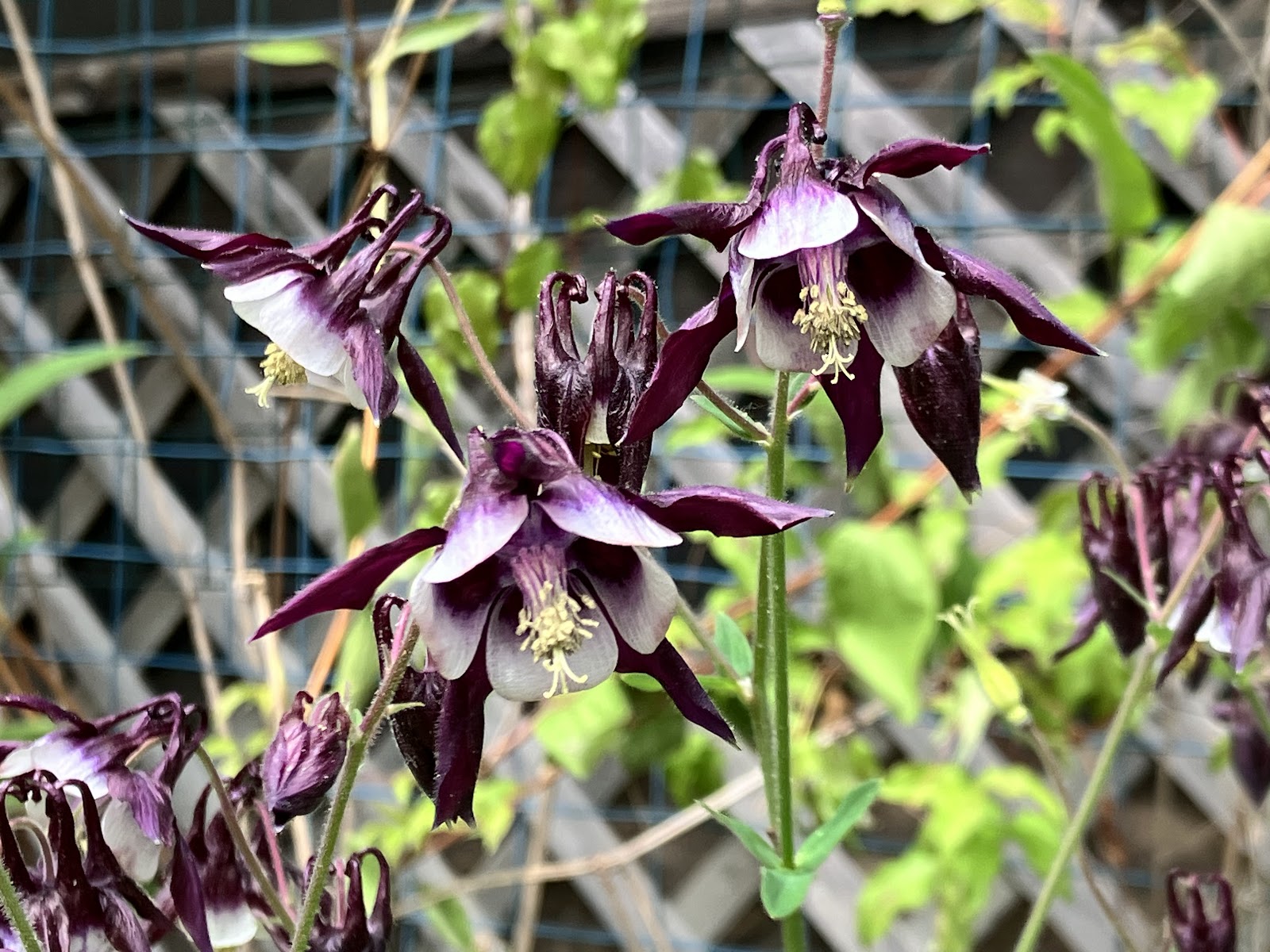Keep Attacking, And Don't Die!
Of course, we do not mean, literally, that they should seek to murder each other, or that they may die during practice. These two simple mandates serve as easy reminders that, even though we seek to practice in a gentle manner, Aikido is a martial art, after all. We should not lose our focus and become sloppy and mushy.
Most of the people who hear these straight forward reminders just chuckle because of the silliness behind it. Words are words, however. Different people perceive the same words differently. A new student who came from another dojo questioned, "I have never heard of such 'killing' and 'dying' things at Aikido before. Do you think they would teach like this at Hombu Dojo?"
Seems like she was troubled by the rhetoric. If something matters to a student, it matters to me. Her question made me reflect on our approach: What is martial art? What is Aikido? Are we teaching students the right things? Are we teaching Aikido the right way?
As I was pondering, I thought of something my teacher, the late Cottier Sensei said to the class when I first started practicing. "You should always practice Aikido very seriously. Aikido is life and death."
In many ways, Aikido is like chess. Chess is a quiet, intellectual game that many people considered to be very calm and peaceful. But the basic premise of a chess game is actually war. The two sides are attempting to invade and kill each other. There is nothing calm or peaceful about it.
Similarly, Aikido is a very joyous activities where friends support and help each other learn. Yet, the process is actually a close simulation of a deadly combat. Looking on the outside, who would have thought?
Takeguchi Sensei says, "Aikido is a beautiful dance. It is the dance of death. You just hope that you are the last one standing."
O Sensei, the Founder of Aikido, had an epiphany during war time combat and decided to promote peace through teaching his martial art an unusual way. He replaced competition with cooperation. As a result, in this nasty setup where people try to kill each other, we learn compassion to become a kinder person.
He modified many deadly techniques in such a way that Aikido students can practice without suffering from direct blows and risk getting injured. Symbolically, one may get killed numerous times during a class, but they are instantly resurrected to practice some more. Through this process of dying over and over and then reborn again and again, it is like a misogi, a purification of the spirit, one get to examine ones true self and learn to become a better person.



Comments
Post a Comment